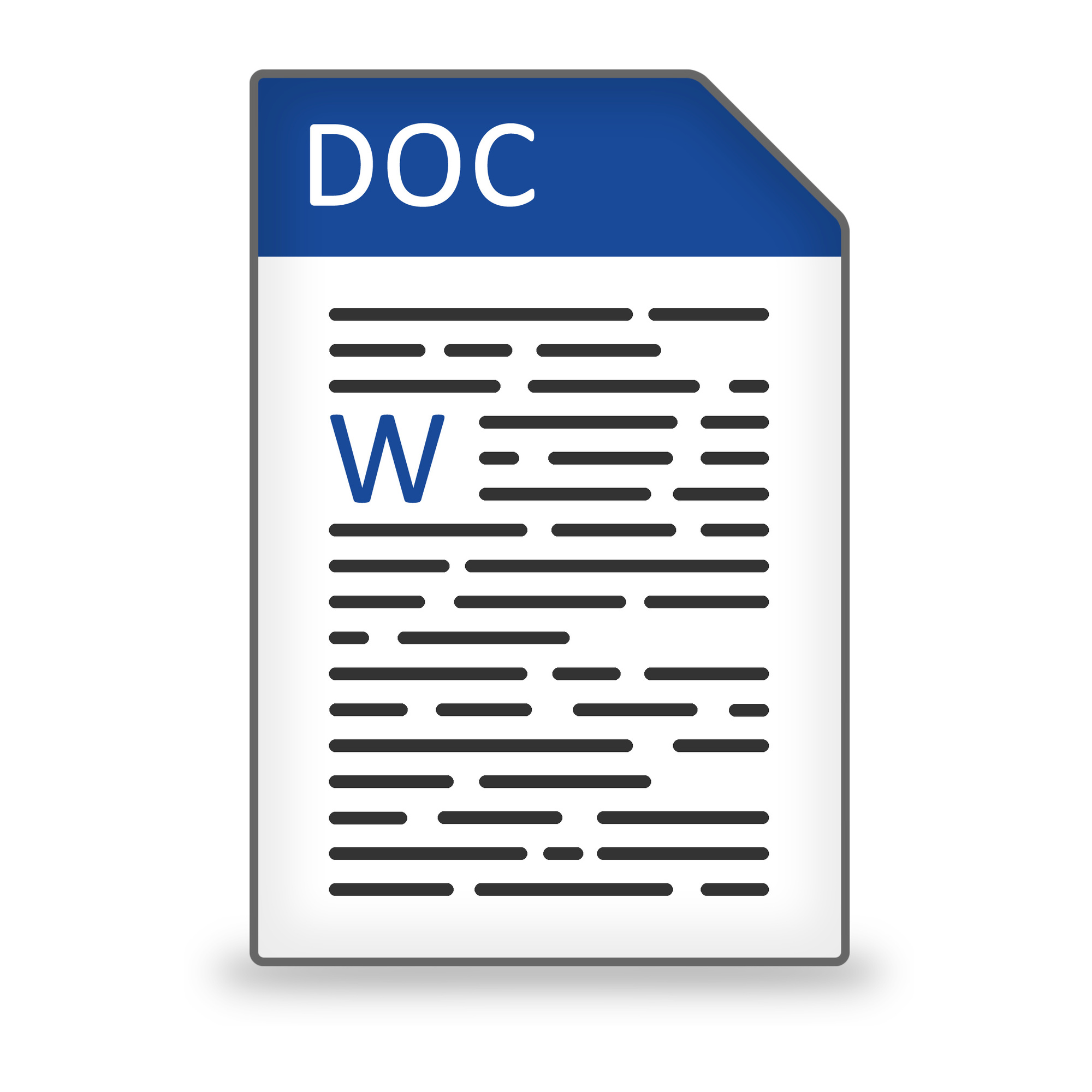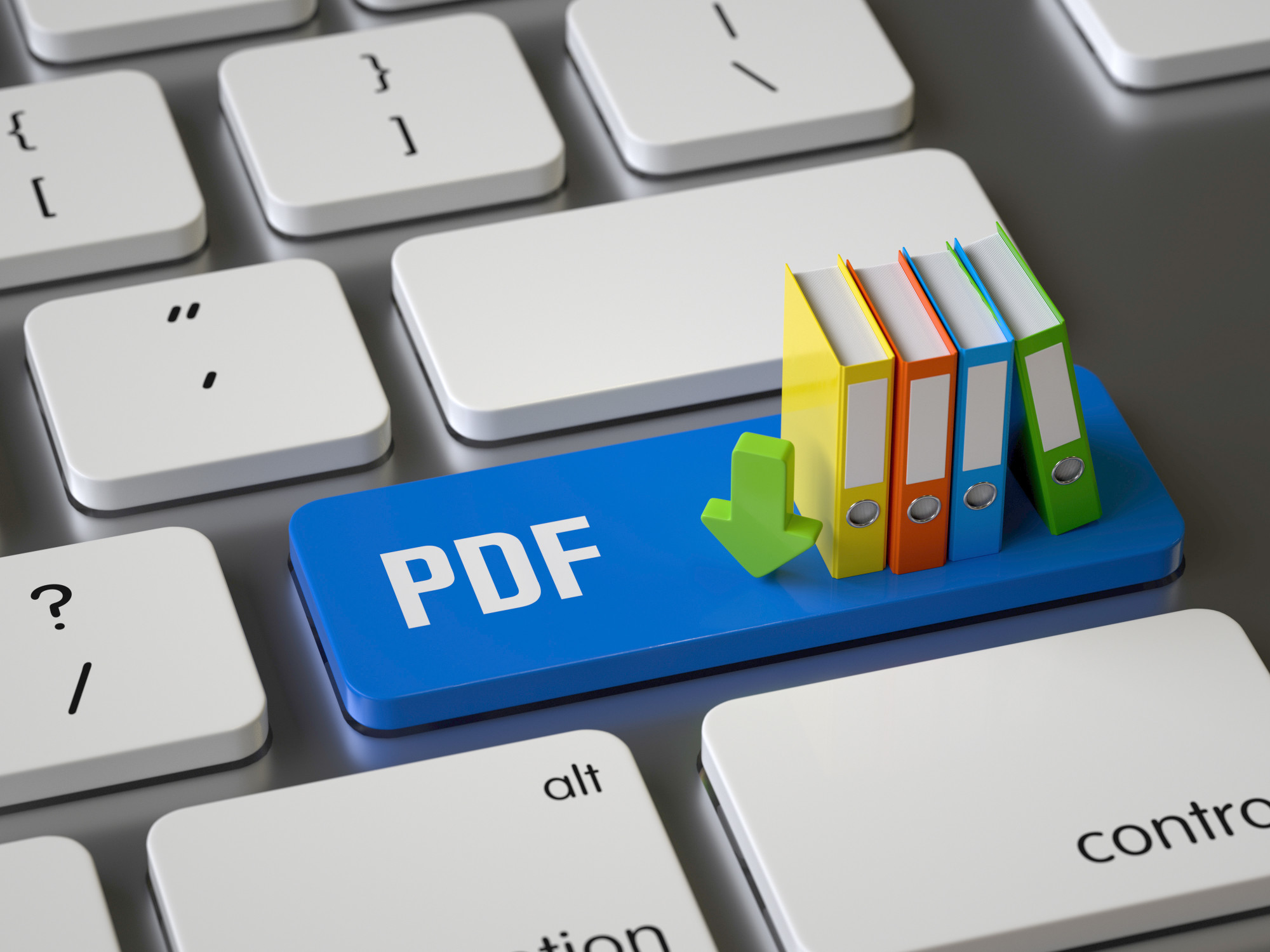Have you ever emailed a file to somebody, only to be told that they can’t open it? When you ask, you get all kinds of reasons why. Maybe they don’t have the software you used. Perhaps they opened it as a different file type and it got distorted.
These problems occur all the time, leading to much consternation and wasted time. It doesn’t just happen with documents, either. In many cases, even images can cause a problem.
If this has happened to you, consider this: have you ever tried to convert images into another format?
Converting images into a PDF file can make your life and the life of your email correspondence so much easier. PDF files are a universal standard that you can open regardless of computer software.
Because of this, there are several benefits to converting an image to a PDF file. Moreover, Offdrive makes it easy for you to convert your files to and from a PDF!
Preserve Your Graphic’s Integrity
The chief advantage of converting an image to a PDF file is preserving your graphic integrity. This means the picture will retain its original quality, or at least something close to the original.
Just as the image preserves its quality, so too is the layout retained. The image will not be cropped, rotated, or anything else that would change its appearance.
Because the PDF file has a universal design, it will keep its quality regardless of what software a computer has.
Secure Your File
PDF files offer a plethora of security functions to make sure your file is safe. This includes being able to encrypt a password to your file. This way, nobody can open it without having express knowledge of the password.
Another valuable security function is the watermark function. A PDF file allows you to insert a company watermark into the image, making it much harder for someone to copy or plagiarize.
Lastly, PDFs allow you to create a digital signature for your file. For example, if you were to create a certificate image, you can sign your end of the certificate.
Multi-Dimensional and Compact
A PDF file is incredibly multi-dimensional in what it allows you to include. You can add text, audio files, videos, three-dimensional models, and more to your image file.
You may not need all of these things in a single file, but it can be advantageous. For example, say you are sending a report to somebody in your company.
You could convert your images, such as charts or graphs, into a PDF file. Then, you can add further information to the image through explanatory text. You can then follow that up with a video clip.
Such a multipurpose tool can be tremendously efficient at saving time. Now, you may be wondering how a single file could manage so many different features.
If so, that’s a fair question. The short answer is that PDF files are intensely compact. They can handle near-infinite amounts of data while also giving you control over the quality of the image.
When Should You Convert Images OUT of PDF Formats
While PDFs have many advantages, they aren’t perfectly suited to every task. Other image files often work better for some purposes than a PDF file would. If you’re wondering what you should use, have no fear!
In this section, we’ll compare the uses of PDF files to other image file types. That way, you’ll have an idea of what file type best fits your purposes.
1. PDF vs PNG
PDFs are ideal for images you intend to print, especially for graphic design and poster use. They’re also convenient for downloading an image for storage purposes.
PNG files, however, are the best option for things like web graphics, such as illustrations or logos. PNG files can also shrink to become much smaller sizes if certain elements are limited, making them a compact choice as well.
Furthermore, PNG files are much easier to edit than a PDF file is. If your image is a work in progress rather than a finished product, it’s probably best to save it as a PNG file.
PNGs can also become transparent, allowing you to put text over an image or layer the image with illustrations.
2. PDF vs JPG
JPG images, like PNGs, are an excellent choice for online usage. If you plan on posting images or photos online, JPGs can help keep the size small.
Another advantage to JPG images is their use in showing preview images in emails. They are also a stellar choice for printing images at high resolution.
3. PDF vs GIF
GIFs are useful if the image’s colors are more uniform, with fewer than 256 colors included. It’s a better choice for computer-generated images. GIFs are also better if you want an animated image rather than a still picture.
How Do I Convert Images to Different File Types
At this point, you’re probably thinking, “Okay, so I get what I should use different files for. But how do I convert them?”
While many tools allow you to convert images, none of them are more straightforward than our Offdrive tools. To get started, all you have to do is visit our homepage.
From there, you’ll see several shortcuts that allow you to convert files, such as PNG to PDF or vice versa. Click your desired shortcut, verify you aren’t a robot, and select your image.
Click the convert button and boom! You have a converted image. It’s that straightforward.
Choose What’s Right For You
We hope this content helped! Remember, when you need to convert images, first decide what you’re using them for. If you need something edited multiple times, a PNG is best. If you want top-resolution photos printed, a JPG is what you want.
Of course, if you want a secure, universal image file, a PDF is the optimal choice. There’s no need to make it complicated.









